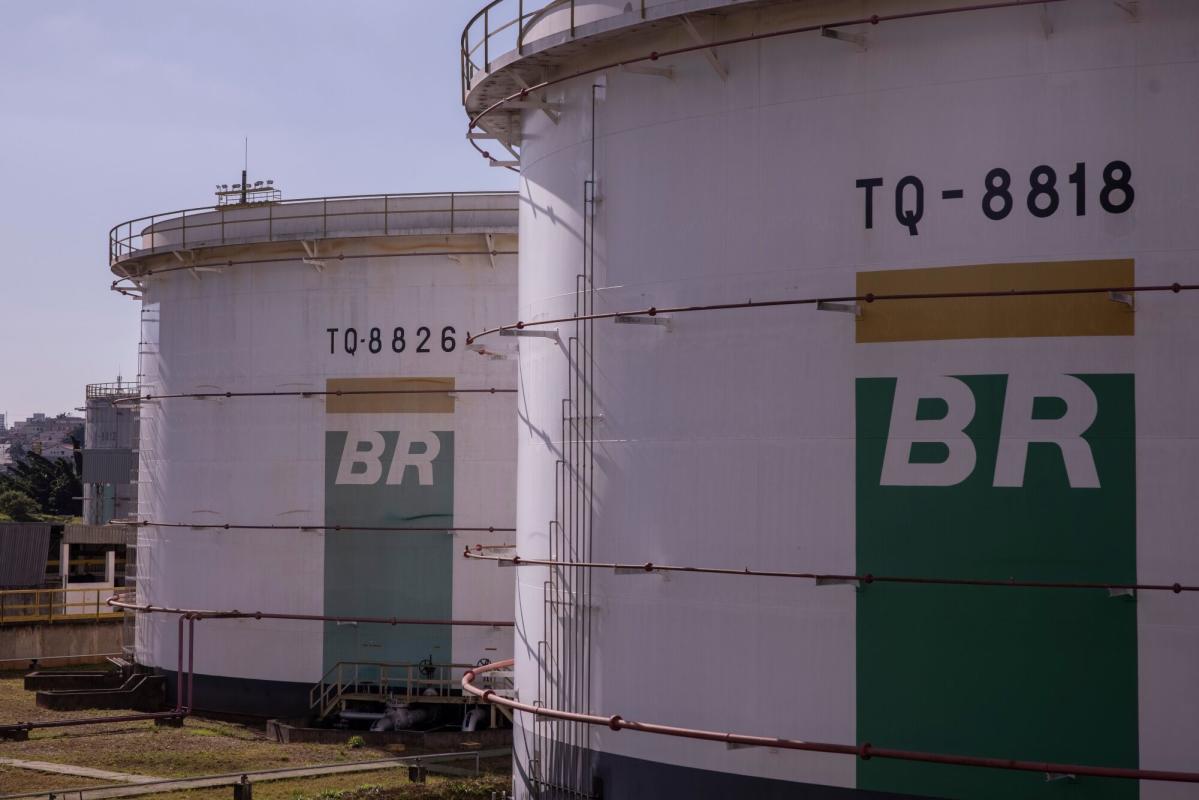As the deadline for the application to qualify for federal assistance to help pay for college nears this year, a local organization is trying new strategies to up their outreach efforts to local students and families.
The push by HawaiiKidsCAN, an education advocacy nonprofit, comes as Hawaii faces a sharp decline in its Free Application for Federal Student Aid completion rate — approximately 20% lower than it was at this time in 2023 and one of the largest drops in the country.
According to the National College Attainment Network’s FAFSA tracker, 40.4% of the high school class of 2024 in Hawaii completed a FAFSA as of May 24 — equivalent to 19.6% less than last year.
But Hawaii’s lower completion rate is part of a nationwide problem, said David Sun-Miyashiro, executive director of HawaiiKidsCAN, that was amplified by a slew of issues with the FAFSA’s rollout this year.
The issues stemmed from a mandated overhaul of the FAFSA application by the U.S. Department of Education. The application period, which normally opens annually on Oct. 1 for aid for the next school year, didn’t open until the end of December. Once the applications were being accepted, users were plagued with technical issues and colleges were hit with delays in processing them.
“It’s a nationwide problem. Just about every state is down a pretty significant amount, and it’s just kind of a perfect storm of things,” Sun-Miyashiro said. “Everything that could go wrong did go wrong.”
For the University of Hawaii system, the four-year campuses — Manoa, Hilo and West Oahu — have begun to send students their financial aid packages. The community colleges are still working through the application changes — a delay in their normal timeline. Farrah-Marie Gomes, UH associate vice president for student affairs, said that the UH system is processing completed FAFSA applications “as quickly as we are receiving them.”
“We are hopeful that this is an individual and isolated year. We hope that students and their families are not discouraged by these experiences,” Gomes said. “We don’t want any students to give up because of this situation that was so out of our individual control. We are all working together to just make sure that if students want to go to college, we are here to help them find their way through it.”
Sun-Miyashiro said that state FAFSA completion rates usually hover around 55%, even under “normal” circumstances, which led HawaiiKidsCAN to pursue ways to push the FAFSA to students and families.
“In general, we found students in Hawaii, and elsewhere, are more price- conscious about college, and so they just assume. They hear, ‘Oh, people go into debt. (College) is a bad investment,’ and they’re more likely to unsubscribe from the whole experience,” Sun-Miyashiro said. “We wanted to push the FAFSA for folks, rather than assuming that college is out of reach in terms of costs, until you actually have your financial aid package, you don’t know for sure.”
According to HawaiiKidsCAN, Hawaii students left $12 million in financial aid grants unclaimed. Sun- Miyashiro said that there are many scholarships and grants available that require completing the FAFSA to be considered.
“If (students) qualify, there are federal financial aid options that students can be eligible for that are only possible through completion of the FAFSA,” Gomes said. “(UH) also uses information from the FAFSA to award some of our institutional aid.”
One example of institutional aid that requires FAFSA completion is Hawaii Promise, a scholarship offered for UH Community College students that covers 100% of a student’s financial need. The Hawaii Promise scholarship is funded by monies from the state Legislature and acts as a last- dollar scholarship, meaning that after students receive the funding they are eligible for through the FAFSA, they can then be awarded the Hawaii Promise funds.
The benefits of a college degree also offer significant returns on investment for students and families. A January study by the Economic Research Organization at the University of Hawaii found that lifetime earnings for UH bachelor’s degree holders are $2.8 million — 27% higher than earnings for those without a degree.
“There’s a lot of research that shows that obtaining a college degree does have multiple benefits, including a significant increase in lifetime earnings, as well as other non-education-related benefits, like less involvement in crime, and healthier and longer lives,” Gomes said. “We are seeing the contributions that individuals can make to society, so having a society of educated citizens contributing to the workforce and building the future in a way that is responsive to those in those communities adds to quality of life.”
Sun-Miyashiro said that while there are a number of options for students after their graduation from high school, he hopes that students will fully understand their options for paying for college by completing a FAFSA to make a better informed decision about their next steps.
“This generation is more cost conscious about college, so we’re not shying away from that,” Sun- Miyashiro said. “I think the real message is we want students to be smart and aware consumers of what their options are.”
HawaiiKidsCAN is planning outreach and sign- waving events over the next few weeks to raise awareness about the FAFSA and invites community members to participate. Sun-Miyashiro said that it’s “a bit of an experiment” for the organization, as it’s their first time doing anything like this.
“We were already doing outreach via social media and trying to reach students where they were,” Sun- Miyashiro said. “We’ve got all this great energy and volunteering when it comes to political campaigns and people standing out on the street. Where’s that same energy when we’ve got a challenge like this, right? Let’s try taking some of those tactics and use it to raise awareness about the FAFSA.”
The organization is focusing its in-person events mostly on the Kapolei and Ewa Beach region, with their first event today from 4 to 6 p.m. at Fort Weaver Road and Keaunui Drive. Sun- Miyashiro said that if the outreach is working, he hopes to implement it going into next year’s cycle as well.
“If I could wave a magic wand, every student would automatically have a FAFSA completed,” Sun-Miyashiro said, “but it takes action.”
The 2024-25 school year FAFSA is due on June 30 and can be completed .
Signup bonus from



